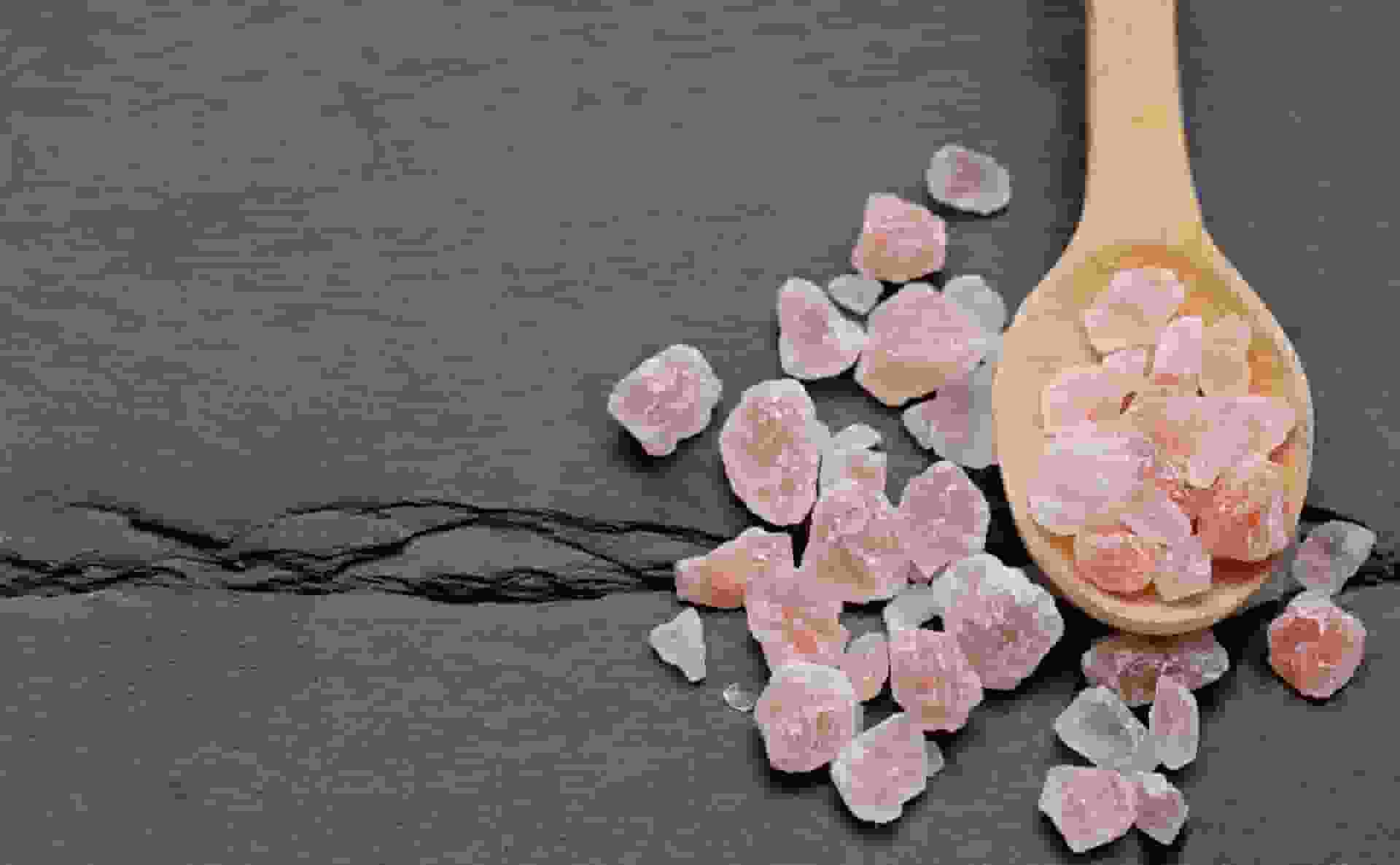
Himalayan salt is simply dried-up sea salt, the same as the salt found in most stores on land. We’ll get into sodium chloride (NaCl) with specific contaminants in a little, according to an author.
The Salt Range mountains, on the southwestern edge of the fold-and-thrust band that underlies the Pothohar Plateau south of the Himalayas in Pakistan, are where Himalayan salt is mined.
Himalayan Salt
These mountains were formerly the shallow sections of an ancient ocean, sometime between the Ediacaran and the early Cambrian eons. The water evaporated as the mountains were raised, leaving behind enormous salt deposits.
The salt is just evaporated sea salt, but the Pakistani miners who harvest it don’t make very much money doing it. Himalayan salt is around 10–20% more expensive than conventional table salt, and this price difference is entirely attributable to marketing.
Pink hue results from rust’s iron oxide content. Iron oxide was being eroded from iron-banded rocks at this time in Earth’s history and deposited close to the emerging salt deposits.
However, not all Himalayan salt is pink. Depending on the impurities present, the salt can be any color from green to white to varying degrees of red. In contrast, the most common varieties of this salt are invariably pink.
Read more: Here’s how your blood type related to your heart’s health!
Benefits

Sodium must be taken in by the body. In order to lower the risk of sickness, it is important to restrict the amount of salt in one’s diet. The sodium content of all salts, including Himalayan salt, must be taken into account while trying to maintain a healthy sodium intake.
Americans typically consume a lot of salt because it is not in low supply. Many people consume too much sodium, which typically comes from eating out or consuming processed meals.
The health benefits of Himalayan salt, compared to other types of dietary salt, have not been demonstrated via scientific studies. Even though its pink hue is attributed to beneficial mineral impurities, its concentration is too low to actually provide any nutritional benefit. To get beneficial amounts of the other minerals, you would have to consume a fatal amount of salt.
Although it has not been conclusively demonstrated, Himalayan salt may be beneficial for skin problems like eczema. Adding a cup of salt to bathwater is recommended by the National Eczema Association for soothing eczema outbreaks. The organization suggests using table salt, however pink Himalayan salt can be an acceptable substitute.
However, any form of sodium in the diet is dangerous, and Himalayan salt is no exception. High blood pressure (hypertension) is caused by consuming an excessive amount of salt, which can occur from a variety of different foods or beverages. Hypertension is associated with an increased risk of cardiovascular disease, stroke, and other major health problems.

